Latest NRAO News
News is managed by NRAO News & Public Information. Questions about News? Have a story to share? Want to interview a scientist or create new media about our telescopes?
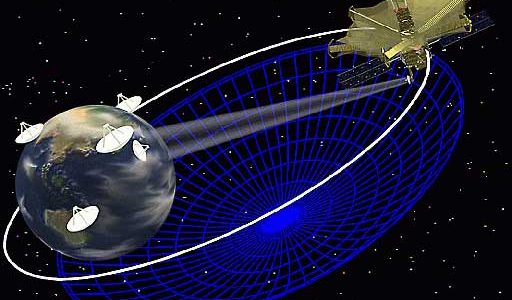
The International Academy of Astronautics (IAA) is presenting an award to a pioneering team of scientists and engineers who combined an orbiting radio-astronomy satellite with ground-based radio telescopes around the world to produce a “virtual telescope” nearly three times the size of the Earth. The team, which includes two scientists from the National Radio Astronomy Observatory (NRAO), will receive the award in a ceremony Sunday, October 16, in Fukuoka, Japan.
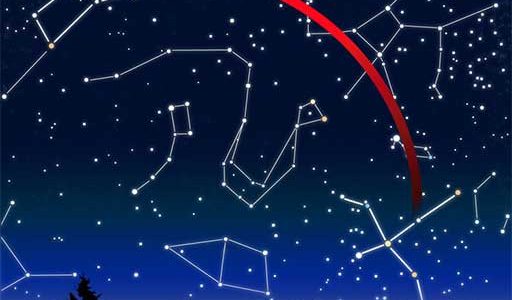
A speeding, superdense neutron star somehow got a powerful ‘kick’ that is propelling it completely out of our Milky Way Galaxy into the cold vastness of intergalactic space.
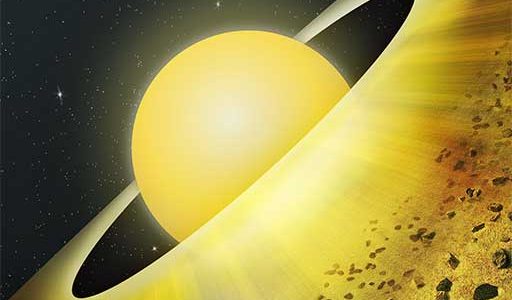
Interstellar travelers might want to detour around the star system TW Hydrae to avoid a messy planetary construction site.
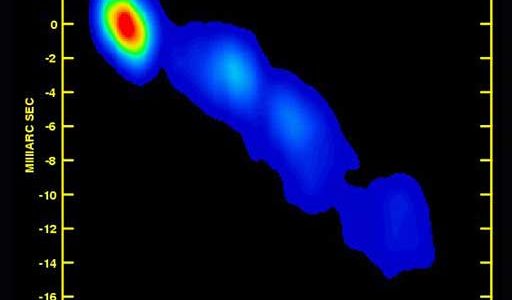
When a pair of researchers aimed the National Science Foundation’s Very Long Baseline Array radio telescope toward a famous quasar, they sought evidence to support a popular theory for why the superfast jets of particles streaming from quasars are confined to narrow streams.
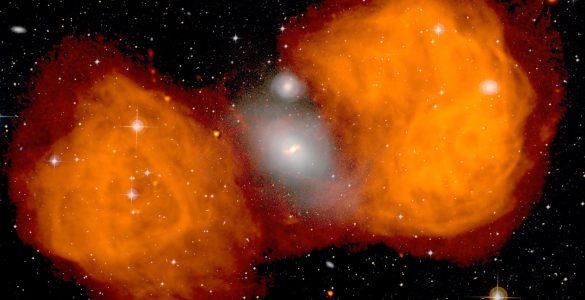
Forget the headphones you saw in the Warner Brothers thriller Contact, as well as the guttural throbs emanating from loudspeakers at the Very Large Array in that 1997 movie.
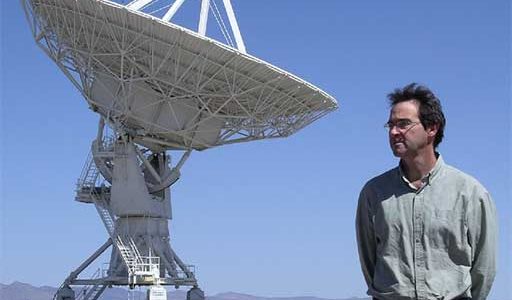
Dr Christopher Carilli, a National Radio Astronomy Observatory astronomer in Socorro, New Mexico, has been chosen to receive the prestigious Max Planck Research Award from the Alexander von Humboldt Foundation and the Max Planck Society in Germany.





